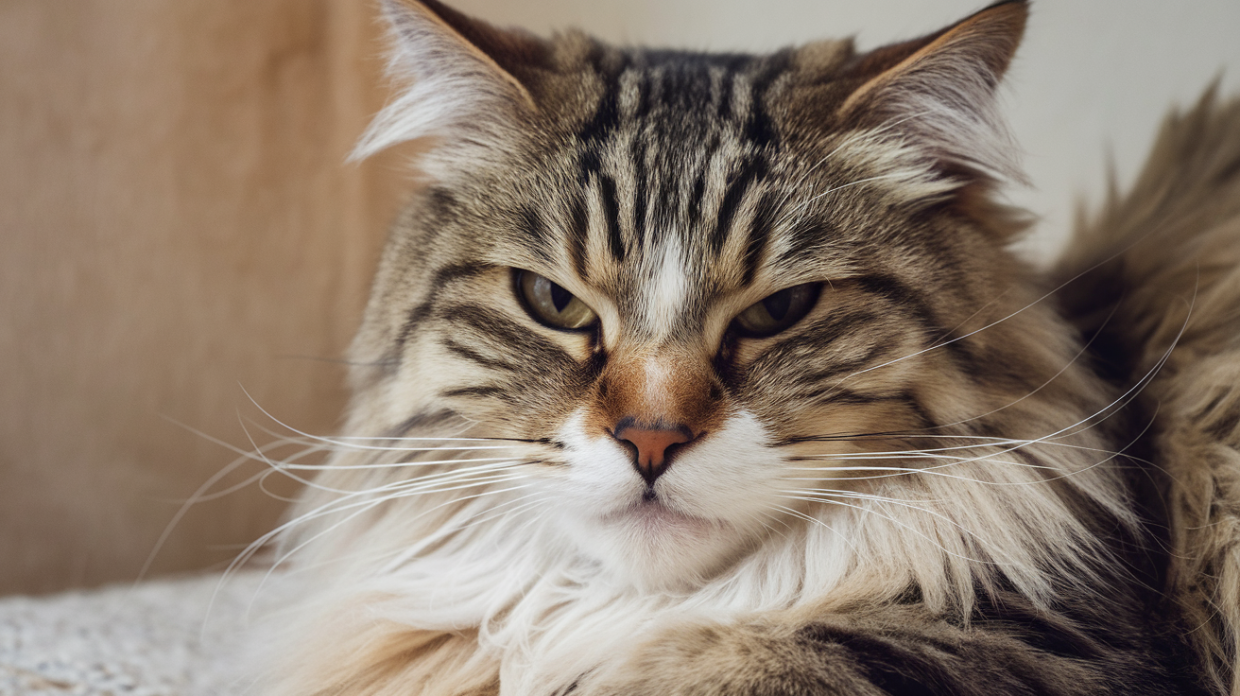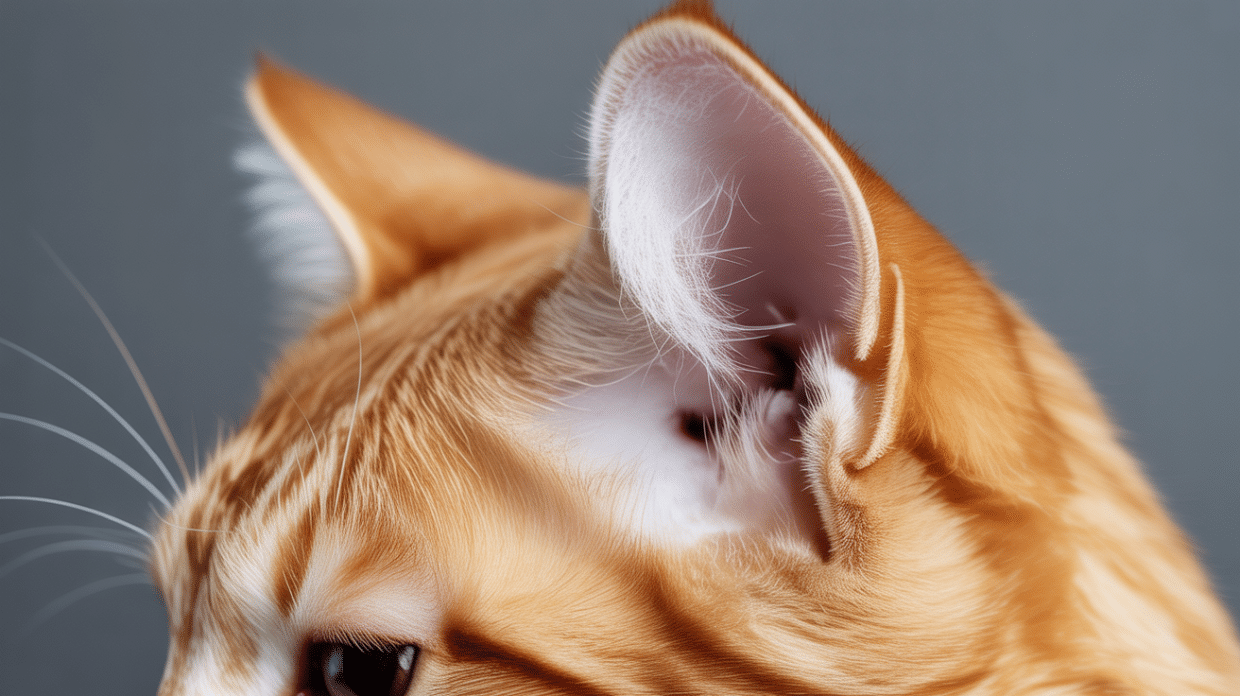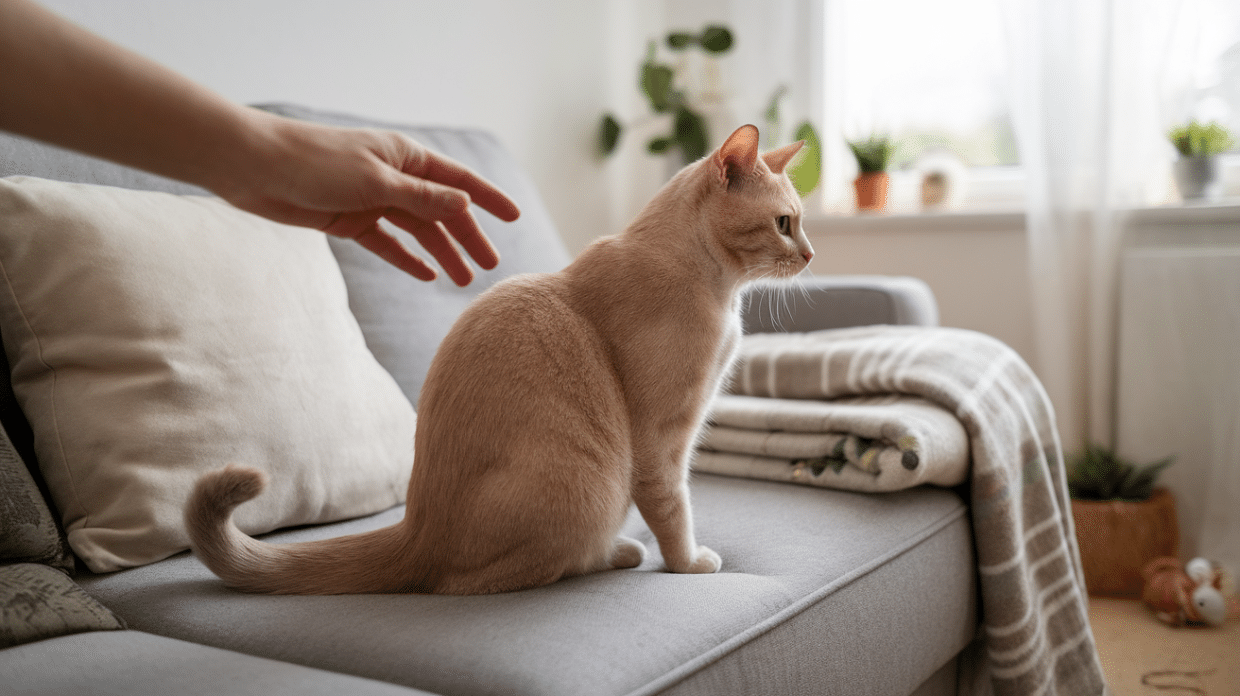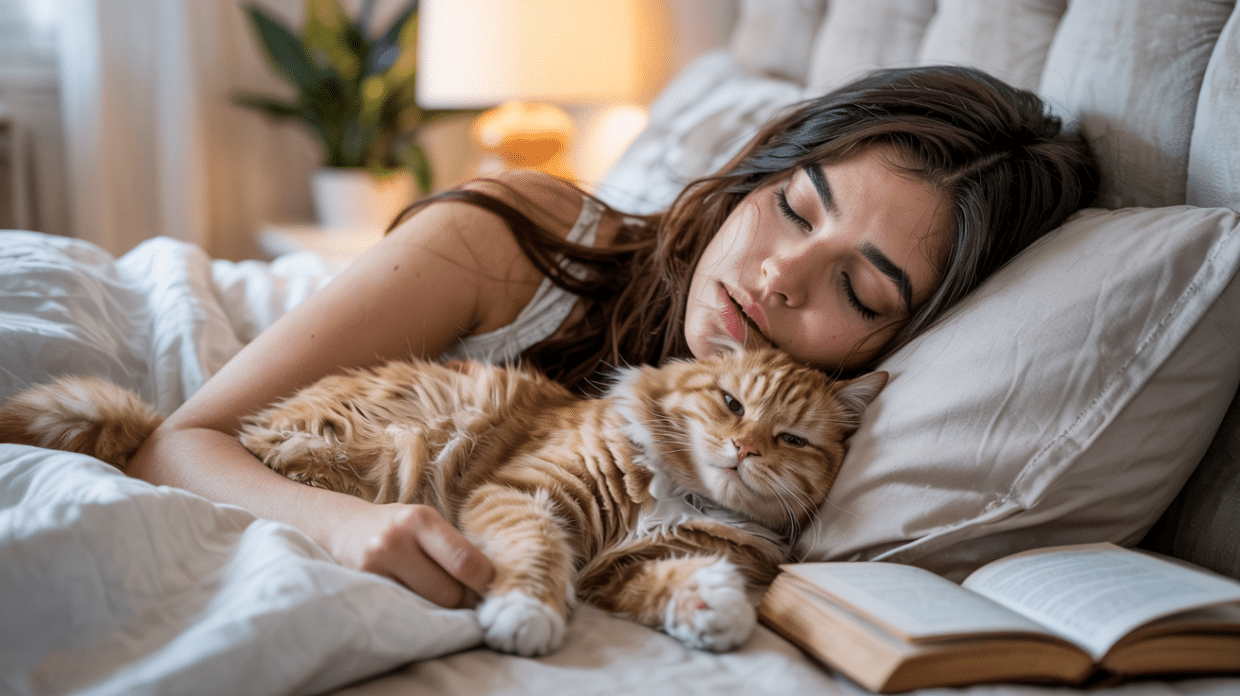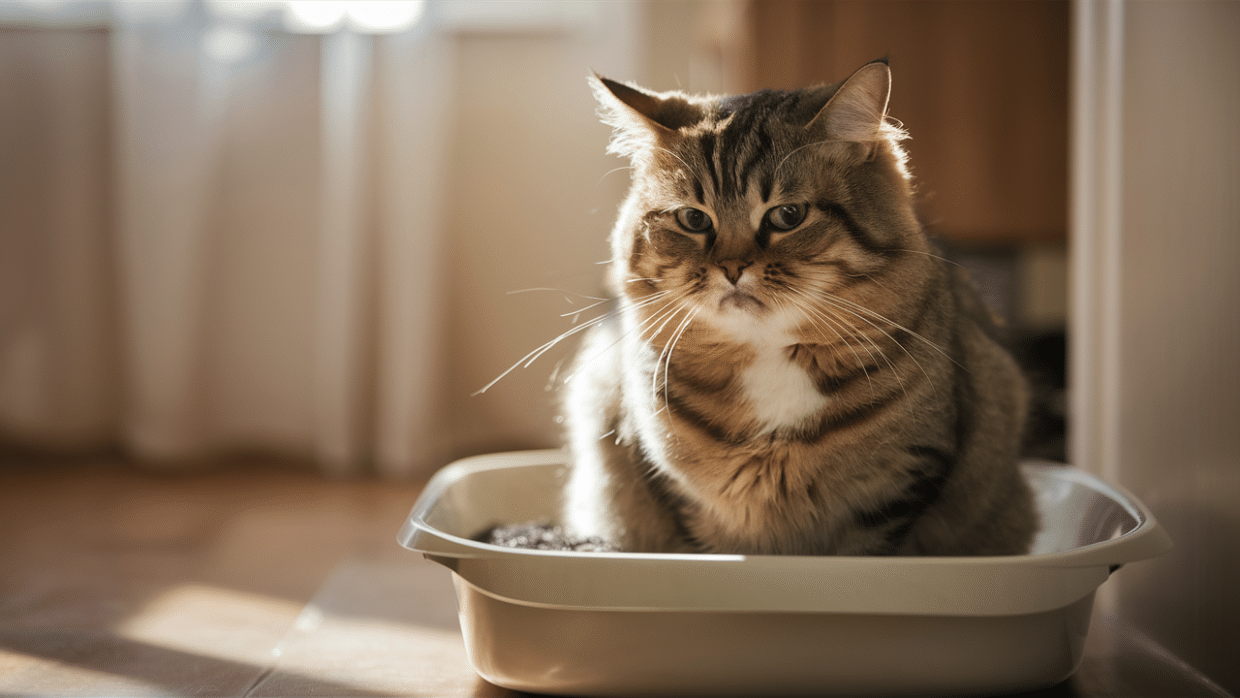Cats are mysterious creatures; their behaviors often leave us wondering about their feelings. One behavior that may intrigue you is the “creepy love stare.”
You may have noticed your cat staring at you intently, almost as if it’s looking into your soul.
While this may seem odd, it’s a form of communication, and most of the time, it’s a sign of affection.
Understanding the meaning behind your cat’s eye contact can strengthen your bond with them and help you interpret their emotions.
Whether your cat is telling you they love you or simply trying to communicate their needs, this blog will help you understand what your cat’s stare means and how to respond.
The Science Behind Cats’ Eye Contact
Before discussing the specifics of the creepy love stare, it’s essential to understand how cats use eye contact as a communication tool.
Cats’ Vision
Cats have a different visual system compared to humans. They are crepuscular, meaning they are most active during dawn and dusk, and their eyes are adapted for low-light conditions.
Cats have better night vision than humans, which helps them hunt and navigate in dim environments.
Their eyes are highly sensitive to movement, so a slight change in their surroundings can capture their attention. Cats perceive the world through a combination of vision and body language.
Their eyes play a vital role in expressing their emotions, and for cats, staring can be a way to communicate a variety of things, whether it’s love, curiosity, or even dominance.
Eye Contact as Communication
When cats interact, eye contact can send a powerful message. Cats use their eyes to establish trust, assert dominance, or signal submission.
Cats communicate through their bodies; eye contact is often paired with other body language signals, such as tail movement and posture.
This combination gives you a clearer picture of what your cat is trying to say.
The Meaning of Creepy Love Stare
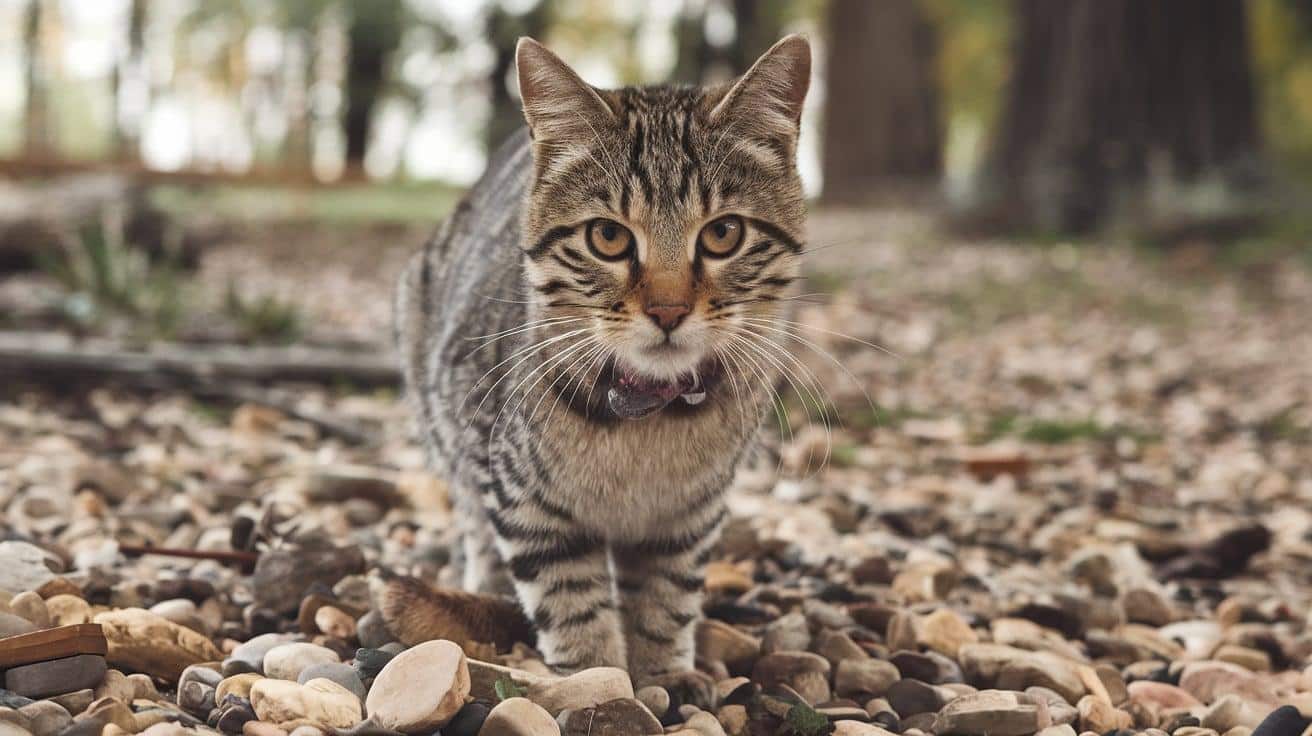
Signs of Affection
You may have noticed your cat staring at you for long periods, but don’t worry. It’s not always bad.
A long, intense stare is often a sign of affection. Cats can form deep bonds with their human companions, and one way they express this affection is through eye contact.
This type of gaze usually occurs when your cat feels safe and comfortable in your presence. When cats stare at you with a relaxed body posture and calm breathing, they trust you.
It’s a sign that you do not threaten them and are comfortable being close to you. Cats don’t always need to vocalize their feelings; sometimes, their eyes say it all.
The Slow Blink
The slow blink is one of the most important gestures in feline communication.
If your cat looks at you and slowly blinks, it indicates affection. This behavior is often referred to as the “cat kiss.” When your cat slowly blinks at you, they say, “I trust you” or “I love you.”
You can return the slow blink to communicate your affection as well.
Slow down your blinking and watch your cat’s reaction. If they blink back, you’ve just shared a special moment with them!
Differentiating Between Love and Aggression
| Feature | Loving Gaze | Aggressive Gaze |
|---|---|---|
| Pupils | Relaxed, normal-sized pupils | Dilated pupils (wide) |
| Body Posture | Relaxed, calm body, no tension | Stiff, tense body, possibly arched back |
| Eye Contact | Soft, slow blinks or gentle eye contact | Prolonged, unblinking stare, intense focus |
| Tail Movement | Calm or gently swishing, relaxed position | Tense or puffed up, might flick or lash out |
| Ears | Erect or slightly forward, relaxed | Flattened against the head, signaling aggression |
| Behavior | Calm surroundings, purring, content | Growling, hissing, and other aggressive signals |
| Context | Comfortable setting, bonding moment | Threatening situation, feeling cornered |
What Does a Cat’s Eye Movement Mean?
Cats use their eyes to express various emotions, and understanding these movements can help you better interpret their behavior.
What Do Wide-Eyed Stares Mean?
A wide-eyed stare from your cat may indicate surprise or interest.
If you catch your cat staring at you with large, round eyes, it could be because something has caught their attention or they’re unsure about a situation.
A wide-eyed stare can sometimes mean your cat is startled or could be a sign of curiosity. This is not always a sign of affection, so consider the context in which the stare happens.
What Do Dilated Pupils Indicate?
When a cat’s pupils are dilated, it could be due to excitement, fear, or arousal. Dilated pupils can indicate that your cat is in a heightened emotional state.
If your cat’s pupils are dilated and staring at you, it may be worth looking at the rest of their body language to determine whether they’re feeling playful, threatened, or affectionate.
Cat Staring in Different Situations
With Humans
When your cat stares at you, it is usually a sign of trust and affection.
Cats bond with their owners and often make eye contact, which can be especially true during moments of relaxation.
If your cat stares at you with soft eyes and a relaxed body, it’s a way of showing that it loves and trusts you.
With Other Cats
Cats also use eye contact to communicate with each other. In a multi-cat household, a stare between two cats can signify dominance, submission, or simply an invitation to play.
If two cats stare at each other without breaking eye contact, it could be a sign that one is asserting dominance.
However, if the stare is accompanied by other relaxed body language, it may be part of their communication.
When Relaxed vs. When Stressed
When your cat is relaxed, their gaze will be soft and steady.
On the other hand, if your cat is stressed, their eyes may widen, and they might keep staring more fixedly and intensely.
A stressed cat may also twitch their tail or show signs of aggression.
Responding to Your Cat’s Creepy Love Stare
Gently Return the Stare
If your cat gives you a loving stare, consider returning the gesture by slowly blinking at them. This simple action communicates that you feel the same way.
Cats often take comfort in seeing their owners mirror their behavior, reinforcing their bond.
Respecting Boundaries
If your cat seems uncomfortable or nervous, avoid prolonged eye contact. Instead, look away or turn your head slightly to give them space.
Understanding when to give your cat space is essential for maintaining a healthy relationship.
Bonding Through Eye Contact
Eye contact can be a powerful tool for bonding with your cat.
By sharing moments of affection through slow blinks and gentle stares, you can strengthen your connection with your feline companion.
When Should You Be Concerned About a Cat’s Stare?
While a cat’s stare is often a sign of affection, it can also be a cause for concern.
Signs of Aggression or Discomfort
If your cat is staring with dilated pupils, a stiff body, or a low, growling sound, it could be a sign that they are feeling threatened or aggressive.
In such cases, it’s best to back off and give your cat space to calm down.
Behavioral Issues
If your cat’s staring behavior is unusual or frequent, it could indicate an underlying behavioral issue.
In such cases, monitoring their behavior and consulting a veterinarian or animal behaviorist is important to rule out health concerns.
Consulting a Vet
If you are unsure about your cat’s behavior, seeking professional advice is always a good idea.
A vet can help you determine whether the staring is related to an emotional issue or if it’s a sign of a health concern.
Conclusion
Understanding your cat’s “creepy love stare” is a great way to improve communication and strengthen your relationship with your pet.
Most of the time, it’s a sign of affection, but it’s important to consider the context and other body language cues to fully understand what your cat is trying to tell you.
By learning how to interpret your cat’s eye movements and responding appropriately, you can ensure that your cat feels loved, safe, and understood.
So, the next time your cat stares at you intensely, remember that they may be telling you how much they love you! For more content on understanding cat behavior, read other blogs on our website.

